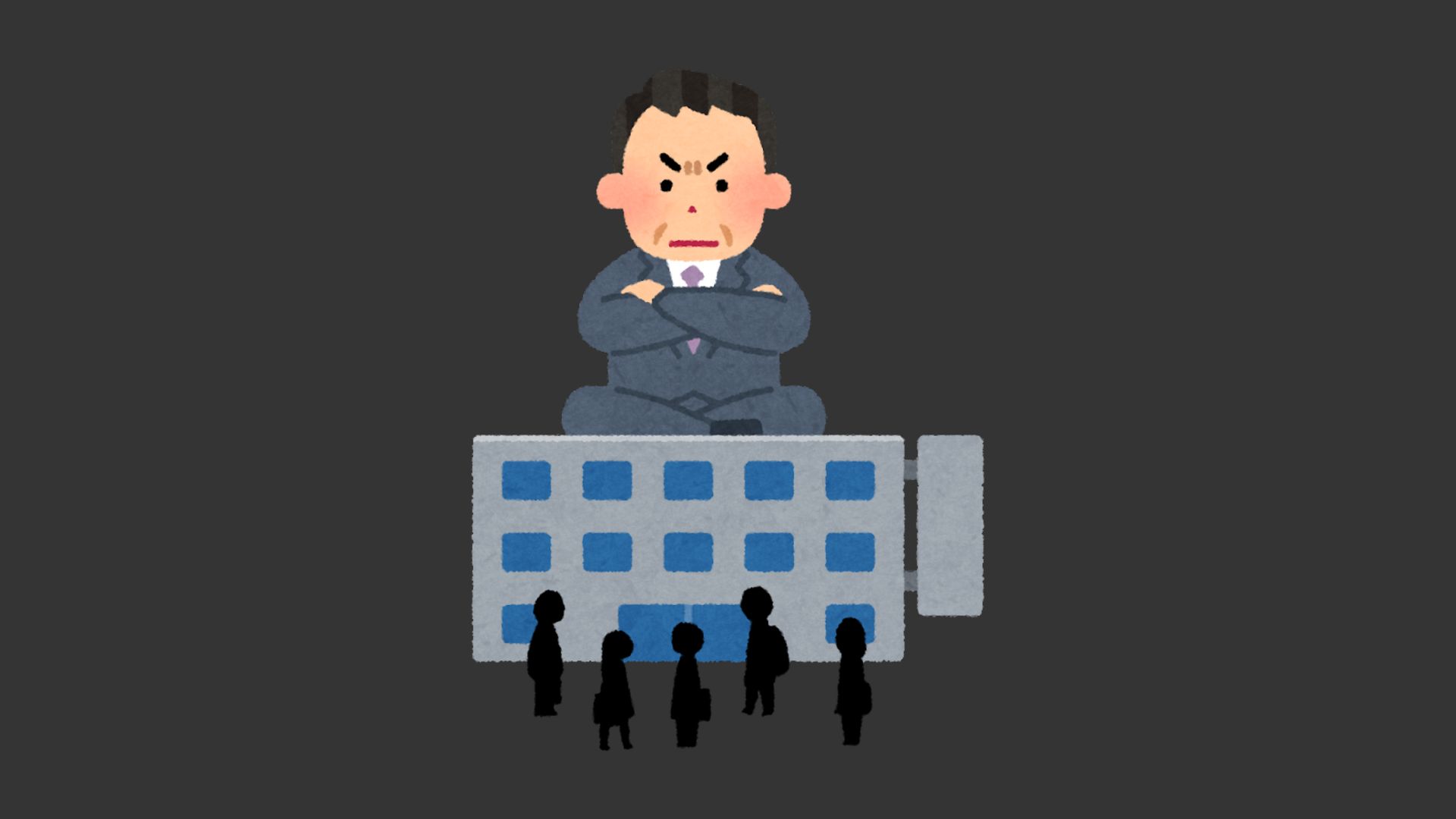Nouns are the building blocks of language, and understanding what they are is essential for good English grammar.
In this article, we’ll explore the world of nouns, including the different types and how they’re used in sentences.
So, what is a noun?
Simply put, a noun is a word that represents a person, place, thing, or idea.
It can be a subject, direct object, or indirect object in a sentence.
Let’s dive in and learn more about this fundamental part of language.
Table of Contents
Types of nouns
Nouns come in many shapes and sizes. They can name just about anything, from people and places to things and ideas.
Let’s break down the different types of nouns:
Nouns can name a person:
These nouns are called personal nouns.
Examples include:
- Names of individuals, like “John” or “Emily”
- Titles, like “Mr.” or “Dr.”
- Occupations, like “teacher” or “engineer”
- Family members, like “mom” or “brother”
For instance: “The teacher graded the papers.”
Here, “teacher” is a noun that names a person.
Nouns can name a place:
These nouns are called geographical nouns.
Examples include:
- Countries, like “United States” or “Canada”
- Cities, like “New York” or “Los Angeles”
- Buildings, like “school” or “library”
- Natural features, like “mountain” or “river”
For example: “The park is open on Sundays.”
In this sentence, “park” is a noun that names a place.
Nouns can name things:
These nouns are called concrete nouns.
Examples include:
- Objects, like “book” or “chair”
- Animals, like “dog” or “cat”
- Food, like “apple” or “pizza”
For instance: “The dog is barking loudly.”
Here, “dog” is a noun that names a thing.
Proper Nouns vs. Common Nouns
There are two main types of nouns: proper nouns and common nouns.
- Proper nouns are names of specific people, places, or things. They always start with a capital letter. Examples include “John,” “New York,” and “Google.”
- Common nouns, on the other hand, are general terms that can refer to any person, place, or thing. They are also known as “generic nouns“. They don’t start with a capital letter unless they’re at the beginning of a sentence. Examples include “city,” “company,” and “university.”
For example: “The city of New York is a popular tourist destination.”
In this sentence, “New York” is a proper noun, while “city” is a common noun.
Types of common nouns
Common nouns can be further divided into several categories.
Understanding these categories can help you use nouns more effectively in your writing and speech.
Collective Nouns
Collective nouns refer to groups of people, animals, or things.
Examples include:
- Family
- Team
- Flock
- Herd
- Class
For instance: “The team is practicing on the field.”
Here, “team” is a collective noun.
Plural Nouns
Plural nouns refer to more than one person, place, or thing.
Examples include:
- Cats
- Cities
- Books
- Shoes
For example: “The books on the shelf are mine.”
In this sentence, “books” is a plural noun.
Mass Nouns
Mass nouns, also known as uncountable nouns, refer to things that can’t be counted individually.
Examples include:
- Water
- Air
- Music
- Happiness
For instance: “The water in the pool is cold.” Here, “water” is a mass noun.
Concrete Nouns
Concrete nouns refer to tangible things that can be perceived through our senses.
Examples include:
- Chair
- Apple
- Dog
- House
For example: “The chair is broken.”
In this sentence, “chair” is a concrete noun.
Abstract Nouns
Abstract nouns refer to intangible things that can’t be perceived through our senses.
Examples include:
- Happiness
- Freedom
- Love
- Anger
For instance: “Happiness is a state of mind.”
Here, “happiness” is an abstract noun.
Understanding these different types of common nouns can help you express yourself more clearly and accurately in your writing and speech.
Nouns and number
In English, nouns can be either singular or plural, depending on the number of things they refer to.
Understanding how to form plural nouns and the difference between countable and uncountable nouns is essential for clear and effective communication.
Forming Plural Nouns
Most nouns become plural by adding -s or -es to the singular form.
For example:
- Cat → Cats
- Bus → Buses
- City → Cities
However, some nouns have irregular plural forms:
- Child → Children
- Foot → Feet
- Tooth → Teeth
And some nouns remain the same in both singular and plural forms:
- Deer
- Fish
- Sheep
For instance: “The cat is sleeping, but the cats are playing.”
Here, “cat” is singular, and “cats” is plural.
Countable Nouns vs. Uncountable Nouns
Nouns can be either countable or uncountable, depending on whether they can be counted individually.
- Countable nouns are things that can be counted separately. Examples include:
- Book
- Chair
- Apple
- Dog
For example: “I have three books on my shelf.” Here, “books” is a countable noun.
- Uncountable nouns, also known as mass nouns, are things that can’t be counted individually. Examples include:
- Water
- Air
- Music
- Happiness
For instance: “The water in the pool is cold.” Here, “water” is an uncountable noun.
It’s worth noting that some nouns can be both countable and uncountable, depending on the context:
- “I have a hair in my soup.” (Here, “hair” is countable.)
- “I have a lot of hair on my head.” (Here, “hair” is uncountable.)
Understanding the difference between countable and uncountable nouns can help you use nouns correctly and avoid confusion in your writing and speech.
Nouns and the possessive case
In English, nouns can show possession or ownership by using the possessive case. This is typically formed by adding an apostrophe (‘) and the letter “s” to the end of a singular noun, or just an apostrophe to the end of a plural noun that already ends in “s”.
Nouns as Subjects
A noun can function as the subject of a sentence, performing the action described by the verb. For example:
- “The dog is barking.” (Here, “dog” is the subject.)
- “The teacher is grading papers.” (Here, “teacher” is the subject.)
Nouns as Objects
A noun can also function as the object of a sentence, receiving the action described by the verb. There are two types of objects: direct objects and indirect objects.
- Direct object: “The dog is chasing the ball.” (Here, “ball” is the direct object.)
- Indirect object: “The teacher gave the student a book.” (Here, “student” is the indirect object, and “book” is the direct object.)
Nouns as Subject and Object Complements
A noun can also function as a complement, providing more information about the subject or object.
- Subject complement: “She is a doctor.” (Here, “doctor” is a subject complement.)
- Object complement: “The company appointed him manager.” (Here, “manager” is an object complement.)
Nouns as Appositives
An appositive is a noun that renames or explains another noun. For example:
- “My brother, John, is a doctor.” (Here, “John” is an appositive.)
- “The city of Paris is famous for its art museums.” (Here, “city of Paris” is an appositive phrase.)
Nouns as Modifiers
A noun can also function as a modifier, providing more information about another noun. For example:
- “The university library is open late.” (Here, “university” is a noun modifier.)
- “The morning sunlight is beautiful.” (Here, “morning” is a noun modifier.)
In each of these roles, nouns play a crucial part in forming clear and effective sentences. By understanding how nouns function in different contexts, you can improve your writing and communication skills.
FAQs
What are nouns?
Nouns are words that refer to people, places, things, and ideas. They are one of the main parts of speech in the English language and are used to identify and describe objects, concepts, and individuals.
What are some examples of nouns?
Here are a few examples of nouns:
- Person: woman, teacher, student
- Place: park, city, library
- Thing: book, chair, car
- Idea: happiness, freedom, love
What are the different types of nouns?
There are several types of nouns, including:
- Proper nouns: Names of specific people, places, and organizations (e.g., John, New York, Google)
- Common nouns: General terms that can refer to any member of a category (e.g., dog, city, company)
- Collective nouns: Groups of people, animals, or things (e.g., family, team, flock)
- Concrete nouns: Tangible objects that can be perceived through our senses (e.g., chair, apple, dog)
- Abstract nouns: Intangible concepts that can’t be perceived through our senses (e.g., happiness, freedom, love)
How do you identify a noun in a sentence?
To identify a noun in a sentence, look for the following characteristics:
- Capitalization: Proper nouns are often capitalized.
- Word ending: Many nouns end in -ion, -ment, -ship, or -hood.
- Function: Nouns often function as subjects, objects, or complements in a sentence.
- Context: Consider the context in which the word is used. If it refers to a person, place, thing, or idea, it’s likely a noun.
For example, in the sentence “The dog is barking,” “dog” is a noun because it refers to a specific animal and functions as the subject of the sentence.







